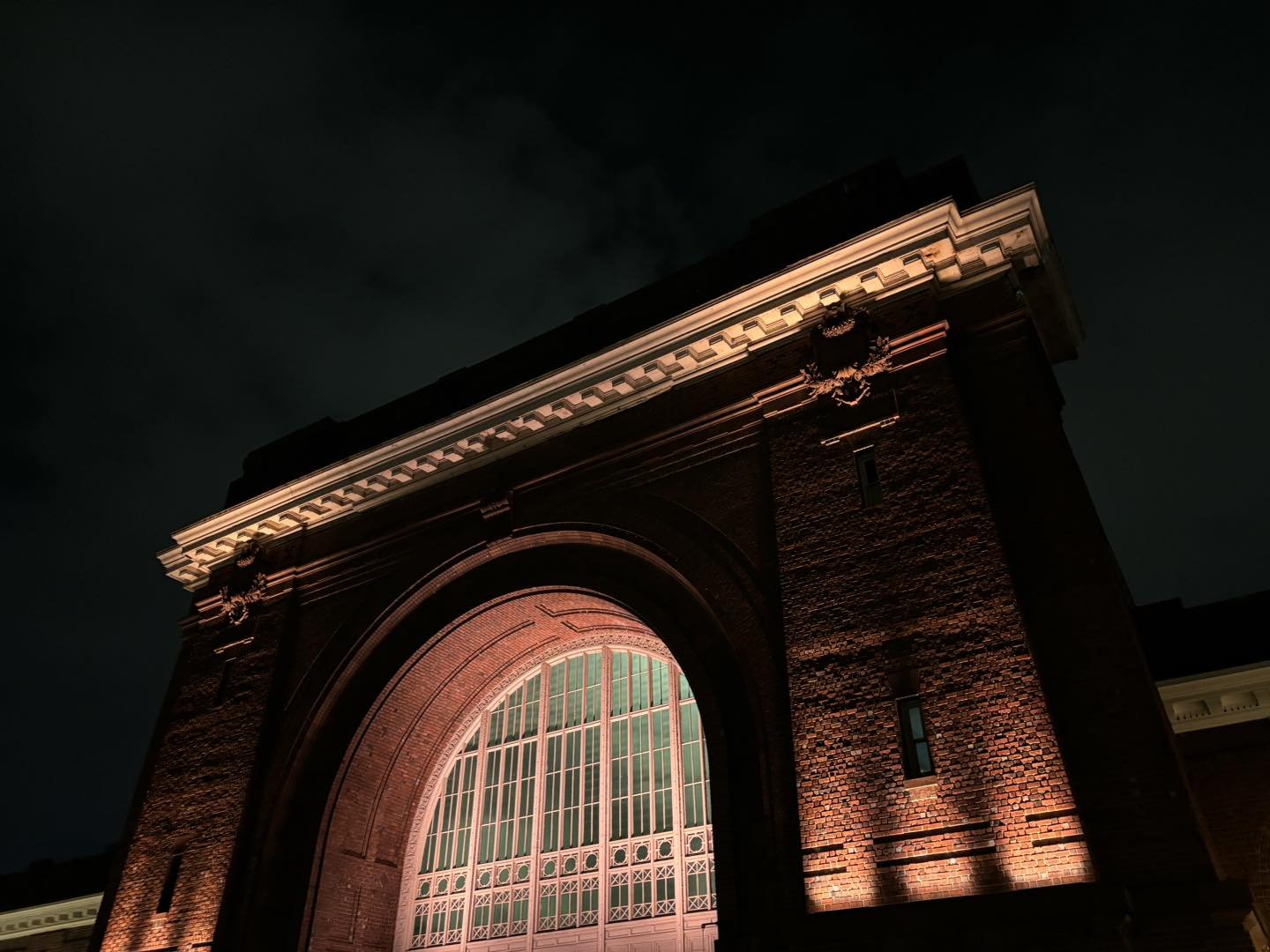
Preservation Easements
Preservation easements are one of the best tools for protecting the architectural integrity of our city.
A preservation easement is a voluntary legal agreement that protects a significant historic, archaeological, or cultural resource. This can vary from a private residence to a large commercial building. Such easements provide assurance that a historic property’s most important features will be preserved, even when changes in ownership occur. Certain tax benefits may result for certified historic properties. Additional information on easements may be found in this National Park Service publication.
Preserve Chattanooga currently holds several easements on historic properties and is prepared to assist with this process. Learn more in our information packet.
Newly Protected:
Terminal Station
The Terminal Station feels like the very heart of Chattanooga for a reason. Since 1909, the 82-foot-high central dome has greeted first time visitors to the city and been a place of homecoming for locals returning from their journeys. It was meant to be a beautiful, shared space from the very beginning.
Designed by architect Donn Barber in the Beaux Arts style, the Terminal Station was a statement about Chattanooga’s emerging prominence as an important railroad crossroads.
The last train departed in 1970 and the Station was closed to the public until it reopened as a hotel complex in 1973. Today, the “Chattanooga Choo Choo” complex is undergoing its third regeneration and is home to shops, restaurants, a new hotel, and gardens.
-

Protected - Tivoli Center
The former Fowler Furniture Building, erected in 1900, is adjacent to the historic Tivoli Theater, known as “The Jewel of the South”. The Tivoli Theater Foundation has acquired this building and plans renovations to expand the theater lobby and provide rehearsal space for the Chattanooga Symphony.
-

Protected - Customs House
This Richardsonian Romanesque masterpiece, designed of rough and smooth stone in 1892, was built to house the federal post office and other U.S. Government offices. Added to the National Register of Historic Places in 1973, this building continues to house the U.S. Bankruptcy Court and other governmental offices.
-

Protected - The Dome Building
This six-story building, also known as the Ochs Building, is considered one of the architectural icons of Downtown Chattanooga. It was originally the headquarters of the Chattanooga Times newspaper, which was founded by Adolph S Ochs, famed owner of the New York Times. It was added to the National Register of Historic Places in 1978.
-

Protected - 730 Chestnut Street
Built in 1930, this is a contributing structure to the Downtown Chattanooga Historic District. The architectural development of this district includes buildings constructed throughout the continuum of its historical development from circa 1875 to 1971. Today, it is home to the Bode Hotel.
-

Protected - Warner Home, Fort Wood
The Joseph H. Warner Home (1890-91) was designed by Townsend and Stone, Chattanooga architects. It is among the grandest of the high Queen Anne structures in Chattanooga. Its pressed red brick with stone trim is indicative of the Romanesque architecture that dominated the finer residences of the commercial and industrial aristocracy of the post-reconstruction South. The residence's solid oak paneling and woodwork, large hallways, mantlepieces and tile work, elegant terra cotta and rusticated stone trim, turret and steep pitch roof covered with slate, and asymmetrical plan characterize a house that was expressly designed with a desire for luxury and opulence, but also for efficiency, comfort, and naturalness.
-

Protected - The Dent House
This beautiful Georgian mansion was erected by Colonel Jarrett G. Dent who moved to Tennessee to build the Western & Atlantic Railroad in the 1850s. After serving as a school for dependent children for many years, it is now home to Polly Claire’s Tea Room. The Dent House was added to the National Register of Historic Places in 1980.
Contact us to learn more about how a preservation easement can protect your historic property.
Please note that easements are legal tools defined by Tennessee state law. The advice and assistance of a knowledgeable attorney, tax adviser, appraiser, and other professionals should be included in this process. For tax benefits associated with certified historic structures, please refer to IRS guidelines.


